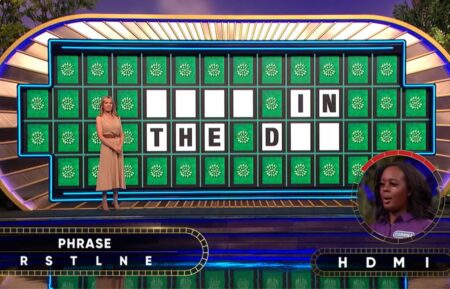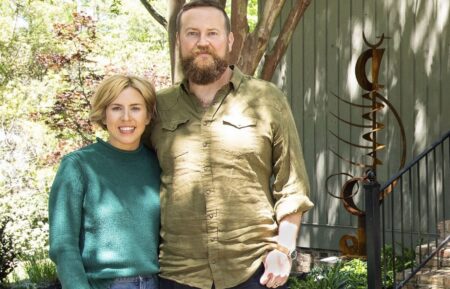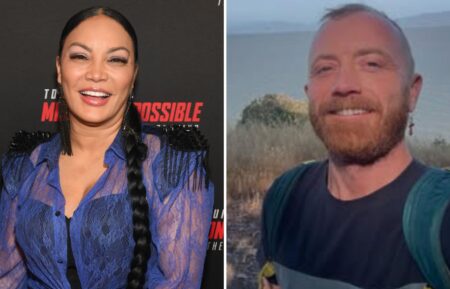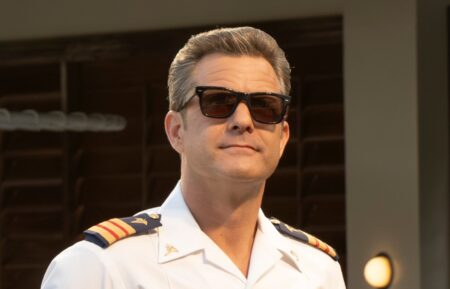Essential ‘Buffy the Vampire Slayer’: 9 Must-Watch Episodes
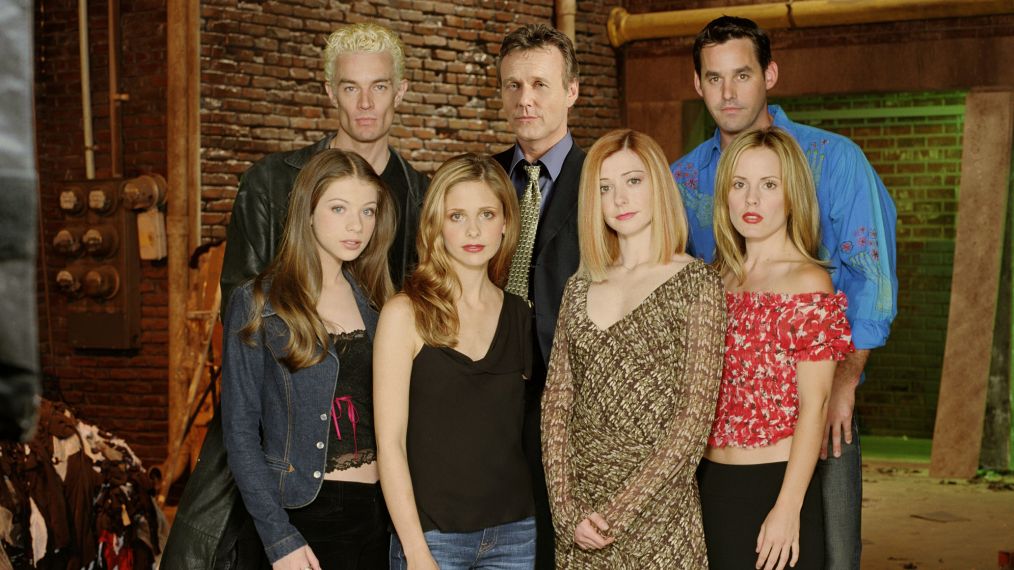
Buffy the Vampire Slayer debuted 20 years ago Friday (March 10), and despite some hair, makeup and wardrobe choices that were questionable even then, the show, on the whole, still feels as fresh, sharp and vital as it did in the late ’90s. Here are nine classics episodes that show off the series’ original and highly influential blend of suspense, humor, pathos, and humanity.
“Innocence” – Season 2
As the freshly-de-souled Angelus whispers to Buffy, “Things are about to get very interesting.” After Buffy and Angel consummate their relationship, the gypsy spell returns Emo Angel to his true form. We love Good Angel, but when David Boreanaz is bad, he is better. Angelus is a killer foil for Buffy, and his transformation sets the stage for their inevitable and heartbreaking showdown in the Season 2 finale. Bonus: A squee-worthy moment between Willow and love interest Oz.
“I Only Have Eyes For You” – Season 2
What begins as a seemingly standalone episode — a student who shot and killed his teacher/lover in 1955 and then killed himself is now forcing Sunnydale denizens to replay that fatal encounter — becomes something altogether more profound when Buffy and Angelus take on those roles; only Buffy is the spurned student and Angelus the teacher trying to break it off gently. It’s a desperately tender scene, and a major turning point for Buffy, who is learning to forgive herself for bringing forth Angelus and steeling herself for the impossible task of killing him.
“Doppelgangland” – Season 3
You could make an argument for The Wish, in which Cordelia (with a boost from Anya) summons an alternative version of Sunnydale into being, where vamps, including Xander and Willow, run amok. But Doppelgangland, in which the alt-Willow, a skanky, “kinda gay” leather diva, is transported into our Sunnydale, is one of the funniest episodes of the series and a showcase for Alyson Hannigan, who gets to play good Willow, bad Willow, and, best of all, good Willow pretending to be Bad Willow.
“Hush” – Season 4
How great is Hush? It’s the only Buffy episode to earn an Emmy nomination for writing, and yet it is mostly wordless. A band of nattily-dressed cadaveresque demons called the Gentlemen steal the voices of their victims so they can’t scream when their hearts are being ripped out. Terrifying, and yet the episode is still terrifically funny, with Buffy’s attempt to mime staking in one scene ranking as one of the great visual gags of the series.
“The Body” – Season 5
Buffy comes home to discover her mother lifeless on the couch. “Mom? Mom? … Mommy?” The opening credits roll, and if you aren’t sobbing already, you must be dead, too. The Body is about as universal as Buffy gets, and yet it is devastatingly specific, from Buffy’s numbness to Dawn’s disbelief to Xander’s rage. And yet it is Anya, the former immortal, who asks the most human and basic of all questions: How do we go on?
“Once More With Feeling” – Season 6
A jazzy demon accidentally summoned by Xander forces everyone to reveal their most innermost thoughts in song and dance. It’s one thing to pull off a musical episode; it’s quite another to create one that actually services the plot, deepens the themes, delivers incredibly catchy and witty tunes (“No, I’ll save her, then I’ll kill her/I think this line is mostly filler”), a major emotional gut-punch (Buffy reveals that the Scoobies yanked her out of heaven, not hell) and rhymes penis with diseases. (And in doing so calls back a plot point from 40-odd episodes earlier!)
“Tabula Rasa” – Season 6
Willow’s memory loss spell accidentally envelops the whole gang, resulting in hilarity (Randy Giles) and one of the most meta episodes of the series, as everyone gloms onto any possible clue to reestablish their identities and start to stumble into new relationship configurations. (Giles/Anya ‘shippers unite!) Spike: “I must be a noble vampire. A good guy. On a mission of redemption. I help the helpless. I’m a vampire with a soul.” Buffy: “A vampire with a soul. Oh my god, how lame is that?”
“Normal Again” – Season 6
Sunnydale goes St. Elsewhere as Buffy is stung with a demonic hallucinogen that makes her doubt her reality. Is she a superhuman vampire slayer, or is she a schizophrenic with grand delusions who has been confined to a mental institution for the last six years? Sarah Michelle Gellar is terrific here, torn between her duty and the possibility of a “normal” life. The final moments, which can be interpreted as confirmation that our rich world is just a figment of a troubled girl’s imagination, infuriated many fans, but it just makes Buffy’s “choice” that much more powerful.
“Chosen” – Season 7
Buffy enters the final battle with the First armed with two secret weapons: Willow, whose magic turns all the Potentials into Slayers, and Spike, who sacrifices himself to destroy the army of ubervamps (don’t worry, he turns up again in Angel). With the exception of Anya’s ignominious demise, it’s a satisfying end to an uneven final season, a fitting resolution that gives Buffy a chance to live the life she’s always wanted, and, oh yeah, a feminist manifesto: “From now on, every girl in the world who might be a Slayer, will be a Slayer. Every girl who could have the power, will have the power. Can stand up, will stand up. Slayers, every one of us. Make your choice. Are you ready to be strong?”
From TV Guide Magazine
How 'Countdown' Recruited Jensen Ackles to Go Full 'Die Hard'
Countdown boss Derek Haas talks creating the character around Ackles, and the cast teases the “Avengers”-like team of the crime thriller. Read the story now on TV Insider.





